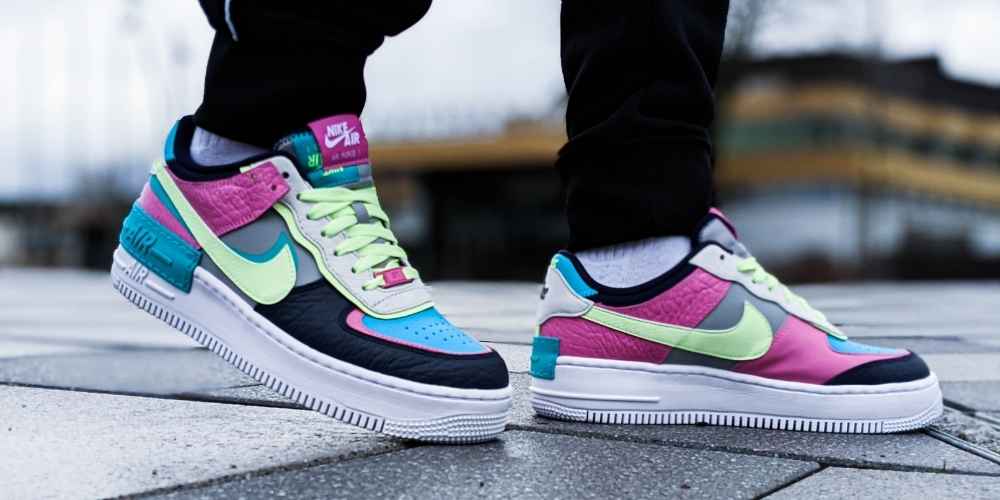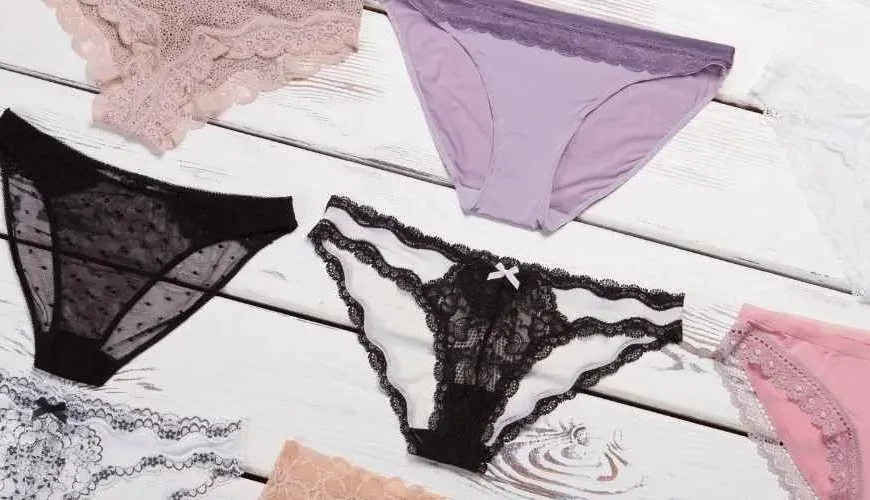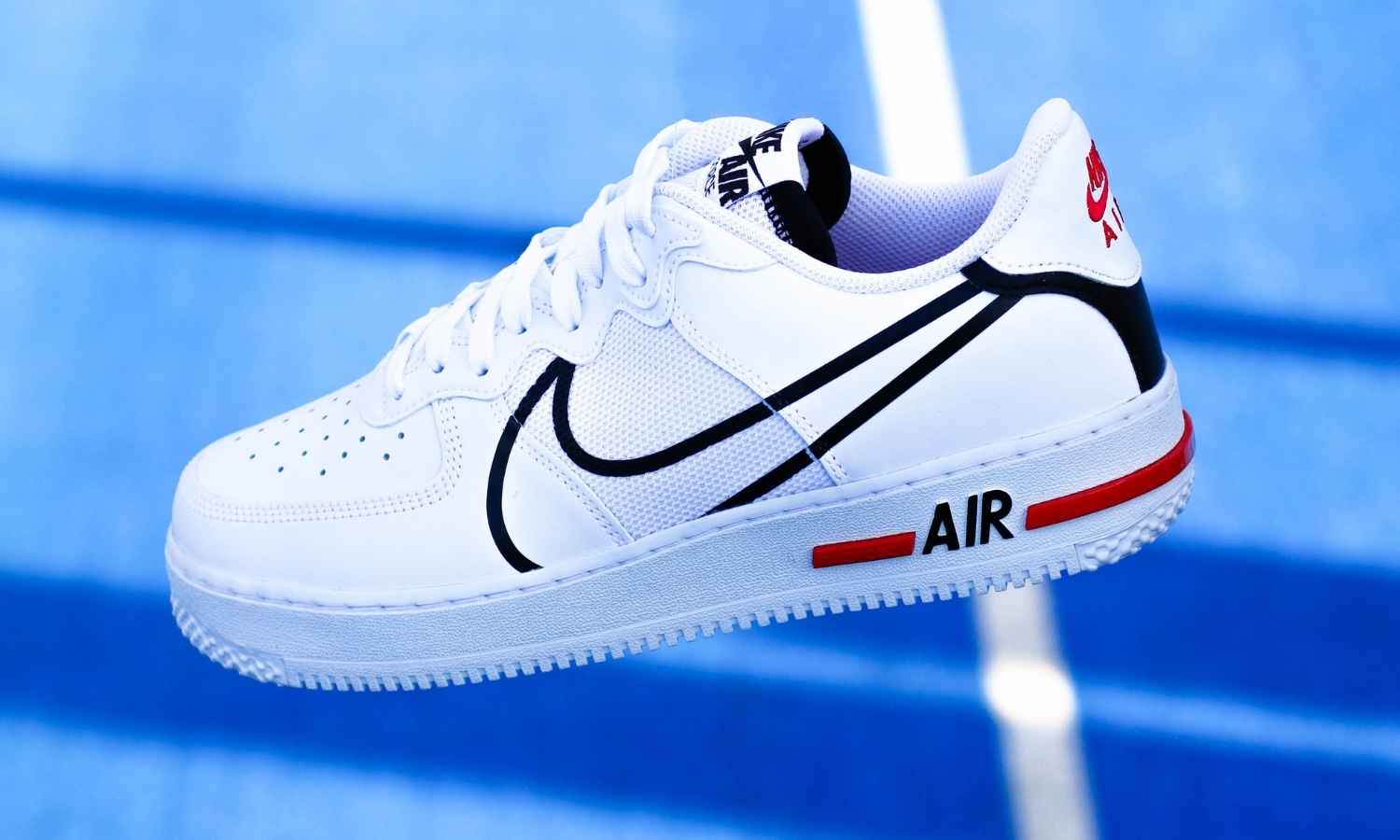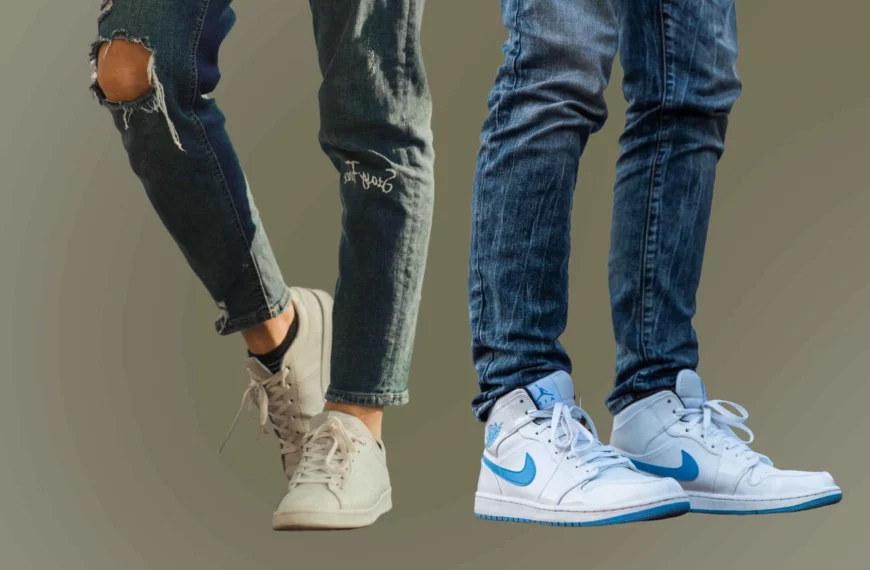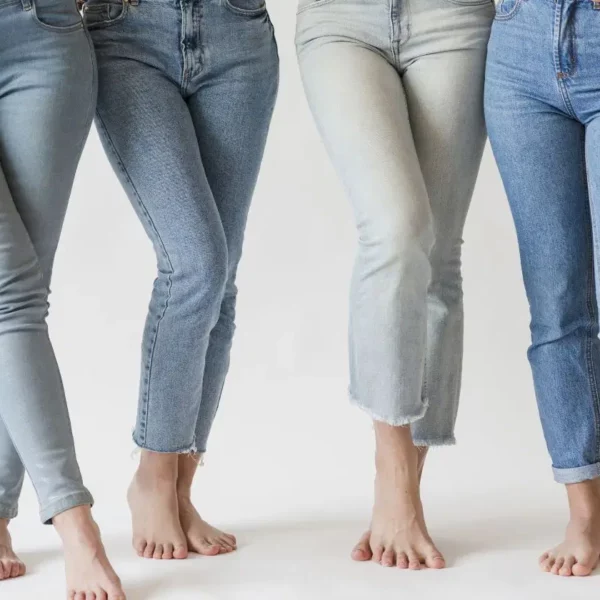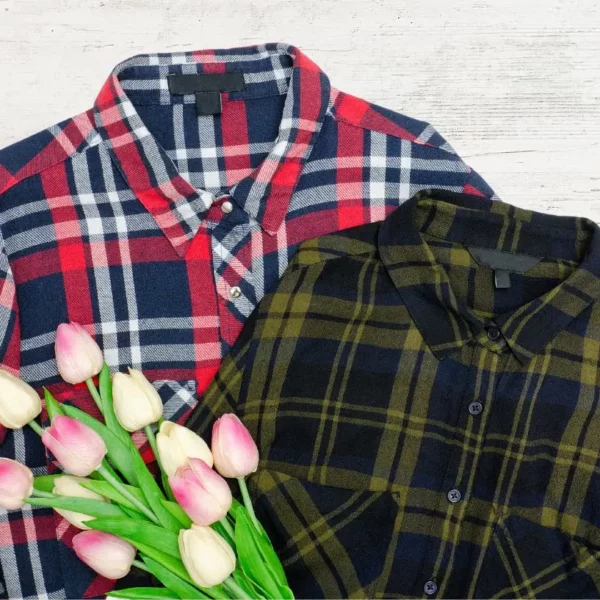There’s no fabric quite as synonymous with luxury as silk. For centuries, your average Joe may have gotten through the day with rough cotton, linen, or even a bit of scratchy wool, but silk was the ultimate in sumptuousness.
Even today, you might want a bit of fur for winter, but probably keep silk sheets and pillowcases on your bed all year round. After all, they keep you cool and comfortable and even save your hair from getting frizzy.
As great as that is, learning about what happened to Mulberry worms during silk cultivation and processing has probably left you keen to give up the fabric.
Giving up silk doesn’t mean you’re stuck with polyester, but there are so many new replacements for silk that you might be a little confused as to which one is best. What is this stuff made of? How are the workers involved in its manufacturing treated? What is it dyed with?
With top brands like J Crew, Amour Vert, and more using Cupro more and more in their styles, you may be extra curious about this fabric. We’re going to answer all of those questions and more about this so-called sustainable silk replacement. Keep reading to find out more.
What Is Cupro Fabric?
Cupro is a rayon-based silk replacement. Like other rayon fabrics, it’s made from regenerated cellulose but, in this case, specifically from cotton.
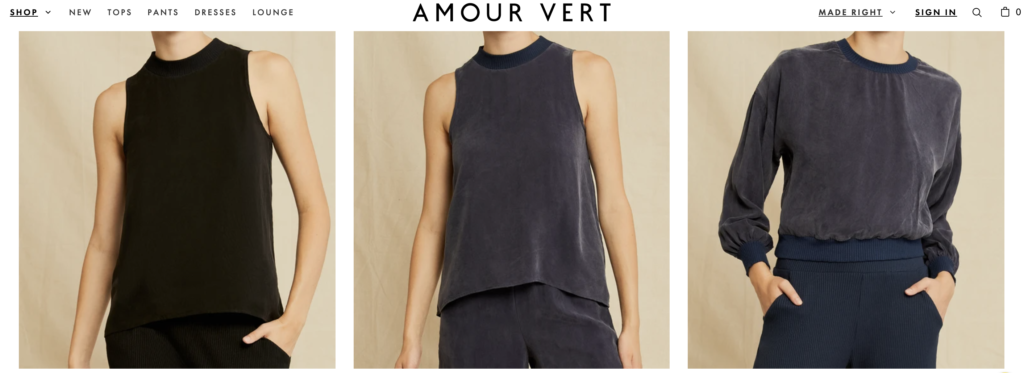
How Is Cupro Made?
Cupro is made of cotton, but its classification as a rayon fabric means that it’s a little bit more challenging to produce than a completely natural fiber.
Let’s get into how they make Cupro and what pros and cons that process might have for you and the environment.
Cotton Sourcing
If you’re making fabric out of cotton, obviously you’re going to need some cotton. But, as you might have read in our guide to hemp, the sustainability of cotton can vary widely based on where it’s grown and whether or not it’s organic.
Luckily, you don’t have to deal with those statistics here since Cupro specifically uses cotton that would otherwise be discarded. For example, when pure cotton fabric is made, certain cotton linter is discarded because the fibers are too short to spin, and these fibers are the ones used to make Cupro.
Solubilizing And Dissolution
After they gather linter, they turn it into something soluble to be liquefied and reconstituted as fibers.
For Cupro, this is done with Schweizer’s reagent or cuprammonium, hence the name. There are a few different techniques for combining these compounds with linter to make the solution, but it’s essentially a mixture of ammonia and copper.
After being introduced to the mixture, the cellulose is now a soluble compound to be added to caustic soda (lye) or sulfuric acid for the extrusion process.
Extrusion
After the cellulose has been made soluble and dissolved in lye, the solution has to be extruded through a machine called a spinneret to form filaments.
For anyone who loves animals, the spinneret might sound familiar. It should; it’s named after the organ that spiders use to spin silk!
The manufactured version of the spinneret works similarly, forcing the solution through a plate with many small holes, each making one filament.
Coagulation
The solution is separated into filament shapes as soon as it passes through the spinneret but is still a liquid, so we have to harden it into a solid before doing anything with it.
In the case of rayon, this involves coagulation or a hardening bath. The fabric can go through multiple hardening baths depending on the texture the manufacturer is looking for. Still, the goal is to wash out the ammonia and copper and neutralize the sulfuric acid.
After this step, solid filaments can then be spun into yarn and woven into fabric.
Is Cupro Sustainable?
That was a long process, but now we can get into what you came here for. Is Cupro sustainable? In some ways, yes. But there are still some other factors we need to contend with.
Cupro Pros
First, we will start with the benefits of Cupro and what might make it a more sustainable alternative to silk or polyester.
The Biodegradability
The good news is that Cupro is biodegradable and generates lower levels of greenhouse gases than polyester when burned or sitting in a landfill.
The Manufacturer
Cupro’s primary manufacturer Asahi Kasei is making some great strides not just in fabric properties but in sustainable manufacturing as well.
Currently, Asahi Kasei uses about 40% renewable energy and, as of 2016, managed to divert 99.8% of waste from their plants and factories by using it as fuel or using it to make other products.
This means that when you buy Cupro, you don’t have to worry about where the excess raw materials end up or whether your fabric will break down when you have to get rid of it.
Cupro Cons
So Cupro is a naturally based fabric from a company that seems to care about their sustainability and waste disposal, and that’s great. But no fabric is perfect, and we need to discuss drawbacks to using it as well.
Post Consumer Fibers
The first thing to note is that Cupro utilizes pre-consumer fibers, not post-consumer ones. That means you are diverting fibers from a landfill, but not old clothing specifically.
This isn’t necessarily as much of an issue as it would be with leather since most people are okay with supporting cotton, but it’s something we need to be aware of for transparency.
The Chemicals
As you might have noticed earlier, Cupro is made with some pretty nasty stuff. Lye, ammonia, and sulfuric acid are all highly corrosive chemicals. That means they can irritate the eyes, throat, and lungs and can even cause blindness and severe burns. Not only that, but they’re pretty challenging to dispose of safely.
Even if you reuse the chemicals for something else, you’re eventually going to have to get rid of them somehow. It can be difficult to mitigate the environmental effects of these chemicals if they aren’t disposed of properly.
We mentioned earlier, one company is responsible for the production of the vast majority of Cupro, which is Asahi Kasei. Not only have they produced the material for the longest at 85 years, but they’re also the only company that produces it, and it isn’t just because they’re experts at it.
The truth is that because of the chemicals it takes to produce Cupro, and most other types of rayon, governments worldwide have banned its production.
Ultimately, Cupro is more sustainable in emissions and renewability than polyester, but it’s certainly not environmentally friendly in the same way cotton or hemp would be.
Bottom Line
Cupro is a more sustainable alternative than polyester if you’re looking for a vegan silk replacement. But, it’s certainly not the best fabric out there as far as eco-friendliness is concerned.
The main ingredient is natural and even uses up what would otherwise become waste, but its very chemically intensive processing is still cause for concern.
Pure cotton isn’t a good replacement for silk, but semi-synthetic fibers will never beat purely natural ones in a sustainable closet. So if you really need a silk replacement for formal wear, this one is a better bet than a lot of purely synthetic fibers, but stick to natural ones when you can.

